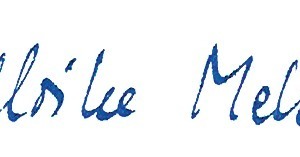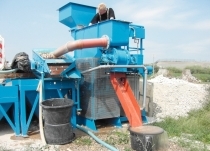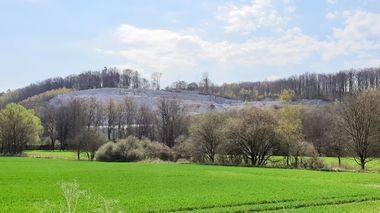Research for practice
Dear Readers
Research and development work in step with actual practice – carried out, for example, in company testing and pilot plants, as PhD projects at the university, or in an integrated research system with other companies or independent research institutes – is the basis for the further technical development and optimization of mineral processing plants to meet the growing demands on product quality in the minerals industry.
Turn your attention to the three specialist articles of this issue of AT INTERNATIONAL, in which the results of systematic and comprehensive test series are presented. Within the framework of his thesis, Roman van Ommen developed an improved prediction model of the Tromp curve by means of which the separating behaviour of hydrocyclones in closed-circuit grinding can be described more in detail (p. 46). In another specialist article Prof. Anette Müller describes which enormous improvements in the quality of recycled building materials can be achieved, demonstrated by the example of a test series of gypsum removal using jigs (p. 54). The third article by Dr. Jürgen Grän-Heedfeld presents the results of experimental investigations to optimize the process-engineering design of hydro vacuum cyclones as a special design of separation units, which had been carried out as a joint project of various parties from practice and research (p. 70).
If you as a reader are not only interested in the latest results of research but if you also want to present your own research projects and product optimizations, please do not hesitate to choose AT INTERNATIONAL as forum for them.








